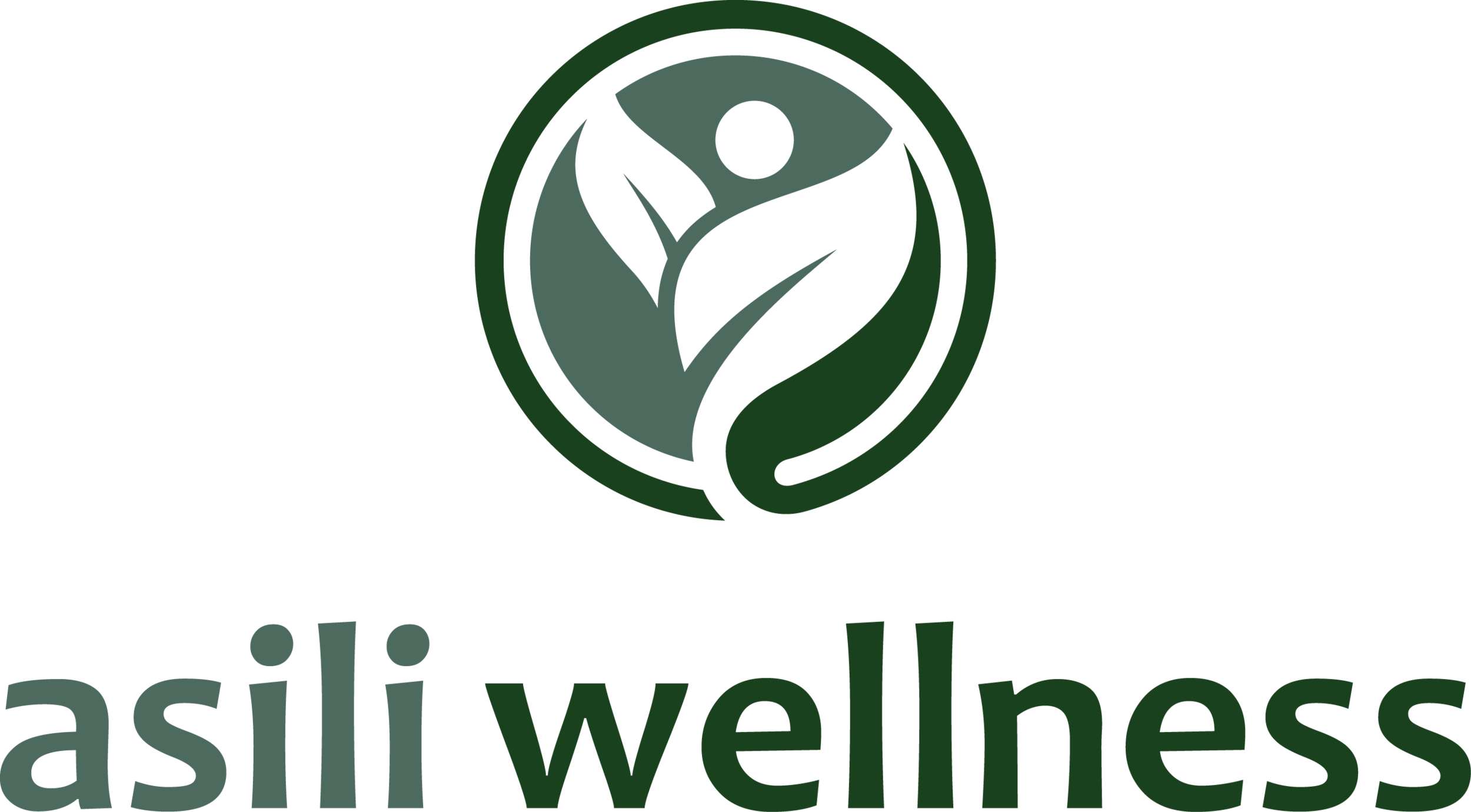Finding Healing after Sexual Assault: A Path to Empowerment
Transforming the Narrative
Let's start a conversation! Transforming our mindset is about embracing growth, not guilt. Your fashion choices or personal decisions do not justify anyone's misbehavior. If you've felt vulnerable, know it takes courage to face those emotions, and you're not alone—many share similar journeys. Remember, your experiences don't define you! Together, let's find ways to uplift and support each other in healing after sexual assault.
Getting Real about Sexual Assault
Let’s break down the facts. The National Sexual Violence Resource Center (NSVRC) defines sexual assault as any unwanted sexual contact that occurs without consent—whether through force, threats, or manipulation. It is a universal issue transcending age, race, gender, or background. From physical coercion to sharing intimate images without permission, every act is a violation that demands attention and respect.
Consent: The Foundation of Connection
Consent is more than just saying “yes” or “no.” It’s all about open, honest communication. It’s a mutual agreement that discusses comfort levels, desires, and boundaries. Valid consent is freely given and fully informed, allowing any party to change their mind. Let’s make consent a priority in every interaction!
The Broader Impact of Sexual Assault
Sexual violence negatively impacts the survivors, their loved ones, and entire communities. Survivors may grapple with feelings of shame and isolation, which can lead to long-term issues if left unaddressed. While the consequences can manifest physically, emotionally, and even economically, it’s vital to remember that healing is entirely possible!
Fostering Hope and Healing
Sexual assault is not just an individual problem—it’s a collective challenge that affects us all. The good news? We can prevent sexual violence! We can cultivate a culture of respect and support by taking proactive steps in our homes, schools, and communities.
Let’s Unite for Change
Together, we can take a stand against sexual assault! Engage in open dialogues, challenge harmful jokes or stereotypes, and advocate for healthy representations of gender and violence in media. Each of us plays a vital role in nurturing a safer, more compassionate world for everyone. Join us in this critical mission!
Valuable Resources:
RAINN (Rape, Abuse, Incest National Network): 800.656.4673
RAINN is the nation's largest anti-sexual violence organization. RAINN created and operates the National Sexual Assault Hotline in partnership with more than 1,000 local sexual assault service providers across the country.
NSVRC (National Sexual Violence Resource Center): The National Sexual Violence Resource Center addresses the causes and impact of sexual violence through collaboration, prevention, and resources.
VA (United States Department of Veterans Affairs: VA uses the term “military sexual trauma” (MST) to refer to sexual assault or harassment experienced during military service. MST includes any sexual activity that you are involved with against your will.
National Suicide Prevention Hotline: 988
The National Suicide Prevention Lifeline is a national network of local crisis centers that provides free and confidential emotional support to people in suicidal crisis or emotional distress 24 hours a day, 7 days a week. They’re committed to improving crisis services and advancing suicide prevention by empowering individuals, advancing professional best practices, and building awareness.
Shop Products
Call, email, follow, or shop today to start your journey!
Peace & Wellness, Dr. Nicole















